If you’re thinking about visiting Great Britain to see where your ancestors lived and do some research in the archives or if you just want to take in the history and see the sights, this article will give you some tips and pointers for a successful trip. The UK is very tourist friendly and a great place to visit with so much to see and do within a fairly compact area. With a bit of research, it’s very easy to plan your own heritage tour of Britain.

Weather-wise, the best time to visit the UK is between May and October. The climate in the winter tends to be cold and wet with some snow (mostly in the North of England and Scotland).
I recommend doing some detailed planning before you book your trip so you know where you need to go and stay. If you are going to do some family history research you need to determine what records are going to help you and where they’re held (see below). And some historic attractions have restricted opening times, so these should be checked as part of the plan; for example Buckingham Palace is usually only open to visitors between July and September.
Note: I’m focusing on Great Britain in this article (England, Wales and Scotland). I’ll be writing about Ireland (the Republic and Northern Ireland) in a later post.
Visa Requirements
If you are a citizen of the US, Canada, Australia, New Zealand and several other countries, you should be able to visit the UK as a tourist for up to 6 months without needing a visa. Check the UK Immigration site to confirm.
Arriving in Britain for your heritage tour
Airports
There are 26 international airports in Britain:
- London Heathrow
- London Gatwick
- London Stansted
- London City
- London Luton
- London Southend
- Birmingham International
- Bournemouth
- Bristol
- Cardiff
- Durham Tees Valley
- East Midlands
- Exeter International
- Leeds/Bradford International
- Liverpool John Lennon
- Manchester
- Newcastle
- Newquay Cornwall
- Norwich International
- Southampton
- Aberdeen
- Edinburgh
- Glasgow International
- Glasgow Prestwick
- Inverness
London Heathrow is Britain’s (and Europe’s) busiest international airport and most intercontinental flights and many European flights will arrive here. As it’s the busiest, it has the highest landing fees, so you may be able to get a cheaper flight to a different airport such as London Gatwick, or Birmingham. Also, if you’re not planning to visit London on this trip (for example, you may be focusing on Scotland), a flight to an airport closer to where you are staying (if possible) should work out cheaper overall.
Channel Tunnel
If you are visiting Western Europe before you come to Britain then an option is to take a high speed Eurostar train direct from France or Belgium through the Channel Tunnel to London St. Pancras International station.
Or, if you are driving from Europe, there are also shuttle trains through the tunnel which you can drive in to. This is a quicker option than using a cross channel ferry. See the Euro Tunnel website for details.
Ports
There are several ports around the country that have direct ferry services from places like France, Ireland, Spain, Belgium and Scandinavia. A list of ports and services can be found at the Direct Ferries website.
Getting around in Britain
Public Transport
Britain has a good public transport system compared to; say, most of North America, although it can be a bit expensive. However, coverage is patchy especially for local journeys in rural areas and in small towns, so it’s best to check before you book your trip.
London
Greater London has by far the best public transport system in the whole of the UK. Transport for London (TfL) co-ordinates and controls the Underground subways, the Overground and TfL trains, the Docklands Light Railway (in the redeveloped docklands area in the east of the city), Tramlink streetcars (in the south, centred on the Croydon area) and all the red buses.
London uses a zonal system for fares with many of the major attractions in Zone 1 in the centre. You can find an Underground/Rail map here showing the fare zones as well as other system maps to download.
For day trips to London, a one day Travelcard will probably be the best option as it gives unlimited daily travel on most public transport within London. See this Tfl page for details of these and other fares. If you are travelling into London by rail from a town within the South East, you can often buy a combined day return and Travelcard ticket.
For longer stays in London, the best option will probably be to buy a Visitor Oyster Card before you arrive. This is a smart card that allows you to pay for all public transit journeys within Greater London. It can be topped up online using a credit card and has a daily cap so you won’t pay more than the cost of a Travelcard. A Visitor Oyster Card also gives you access to some special offers and discounts. Details can be found here.
If you are planning to visit several attractions during your stay in the city, then buying a London Pass and Oyster Card combo may be a good option. A London Pass gives you access to many great historical places such as the Tower of London and Windsor Castle. Full details can be found here.
Trains outside London
Britain’s railways were privatized in 1994-7 and can seem a bit complicated as they are run by several different companies. Sometimes two or more companies offer services between two points with different fares. Turn up and go fares are usually the most expensive, so you should always buy your tickets online in advance and travel off-peak (outside of the weekday rush hours) if possible.
Apart from the London Underground, the Glasgow Subway and private tourist lines, Britain’s railways are owned by National Rail. A system map for the whole country can be found here. National Rail franchises the routes to private companies who then run the services. You can find details of services and buy tickets on several websites including National Rail and Trainline.
If you are planning to travel around Britain by rail for a few days then it will probably be worth buying a BritRail Pass before you travel. These are available for the whole of the country or for specific regions and for different periods of time. See the BritRail website for full details.
Buses outside London
Outside of London, most of Britain’s bus operators were privatized in the 1980s at the same time as the market was deregulated. Services tend to be best in the larger centres of population, especially in the big conurbations like Leeds and Manchester. Rural areas and small towns are often poorly served so it pays to check before your trip. The best place to check for services is with the Traveline website.
Long Distance Coaches
Coaches (buses with comfy seats) can be a much cheaper alternative to the train. Most large towns and cities are connected. By far the largest coach operator is National Express.
Air
There are some internal flights within Britain. Check the airports listed above for details. The two largest low cost carriers, easyjet and Ryanair offer some services.
Renting a Car
You may prefer to rent a car when you come to Britain. However if you are spending most of your trip in the London area, I wouldn’t recommend it unless you’ve done it before and know what to expect. The London area gets very congested, even at weekends; parking is difficult to find and expensive and there is the Congestion Charge to pay in the centre.
Outside of London and the other big cities, renting a car is often a good option. However, if you have never driven in the UK, there are some things to consider:
- As long as you have a full driving licence with at least 12 months left before expiry, you can normally use it to drive in the UK as a visitor.
- Insurance in the UK is compulsory so you will need it when renting a car. If you have a credit card that includes motor insurance then it will be better than adding this (expensive) option to the rental agreement. But it’s advised to check exactly what’s covered by your card as well as the length of time of cover. You may have to purchase some additional cover.
- Most of the rental fleets consist of cars with manual gearboxes as they are what people normally drive in Europe. So if you are used to driving an automatic shift, make sure you specify this when ordering your car.
- The British drive on the left hand side of the road.
- Vehicles in Europe tend to be smaller on average than in North America. Large SUVs and trucks are not very common. Most people drive small cars; Ford Fiesta or Focus size. Off the main highways, roads tend to narrower and parking spaces smaller, so I would advise hiring the smallest car you feel comfortable with.
If you are driving in the UK for the first time, it’s recommended to buy a copy of the Highway Code online in book or phone app form.
Where to stay
If you are visiting the UK for 7 days or more, then I highly recommend renting a cottage rather than staying in a hotel. This will normally work out cheaper, especially if you buy food from supermarkets rather than eat out in restaurants every day. My wife and I usually rent a cottage when we are in Britain and we have stayed in some lovely properties.
Once you have decided on which part of Britain you want to visit; find a cottage or other property to rent in that area. There are several companies offering cottage/house rental including:
There are also some other companies with cottage listings.
If you prefer to stay in a hotel or if you are travelling around, then using sites like Expedia or Trivago are probably the best bets to find good priced hotels. If you are staying in London or Edinburgh, I would recommend staying away from the downtown area to save money.
Where to eat
Restaurants in the UK tend to be quite expensive, especially when you include wine. For cheaper options, there are the usual fast food chains like McDonald’s and KFC, but in my view the best places to eat are usually pubs. Many pubs closed down in the 1980s and 1990s due to stricter drink driving laws and competition from supermarkets with alcoholic drink sales. Most of the surviving pubs have transformed themselves into family friendly places to go with great menus at affordable prices.
Other places in Britain where you can often get relatively cheap but good quality meals are the cafes attached to the larger supermarkets (great for breakfasts) and the many independent garden centres.
Visiting archives
If you are researching your family history, then you’ll probably be visiting at least one archive. My recommendation is to know what documents you want to look at before your trip, so you don’t waste valuable time when you visit. Most archives have online catalogues now, so you can determine what you are going to request. If the archive doesn’t have a catalogue online or if you have questions, then you can usually email the archivist for advice.
Many records (such as military records) are held in the three national archives:
- The National Archives (London)
- The National Library of Wales (Aberystwyth)
- National Records of Scotland (Edinburgh)
Most records of interest to genealogists (like parish registers and land records) are going to be in the local county archives. For links to the websites for each county archive see my directories for:
I strongly recommend checking the websites for days and times of opening, requirements for visiting and whether or not you need to make an appointment for a seat. Several archives have restrictive opening times and are only open a few days a week.
Heritage Attractions
Britain is oozing with history. It is jam packed with castles, palaces, stately homes, ancient inns, ancient towns and villages. Deciding where to visit can be a problem, so to help you here are some useful websites.
- Historic Royal Palaces; the Tower of London and five other palaces
- Royal Collection Trust; Buckingham Palace, Windsor Castle and other royal places.
- The National Trust; hundreds of historic homes, buildings and swathes of countryside in England and Wales
- National Trust for Scotland; Scottish heritage
- English Heritage; Castles and other historic buildings and monuments
- Visit England; England tourism site
- Visit Wales; Wales tourism site
- Visit Scotland; Scotland tourism site
- Get Outside; Ordnance Survey’s explore Britain site
- museums.co.uk; directory of 1,722 museums in the UK, many of them have free entry
I hope you have a great trip.
Please pin a pin to Pinterest:

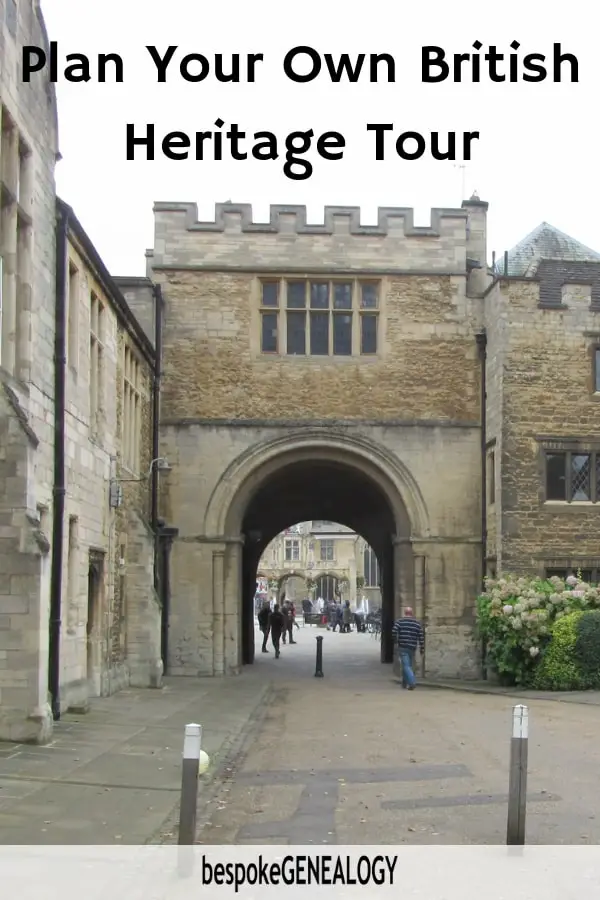
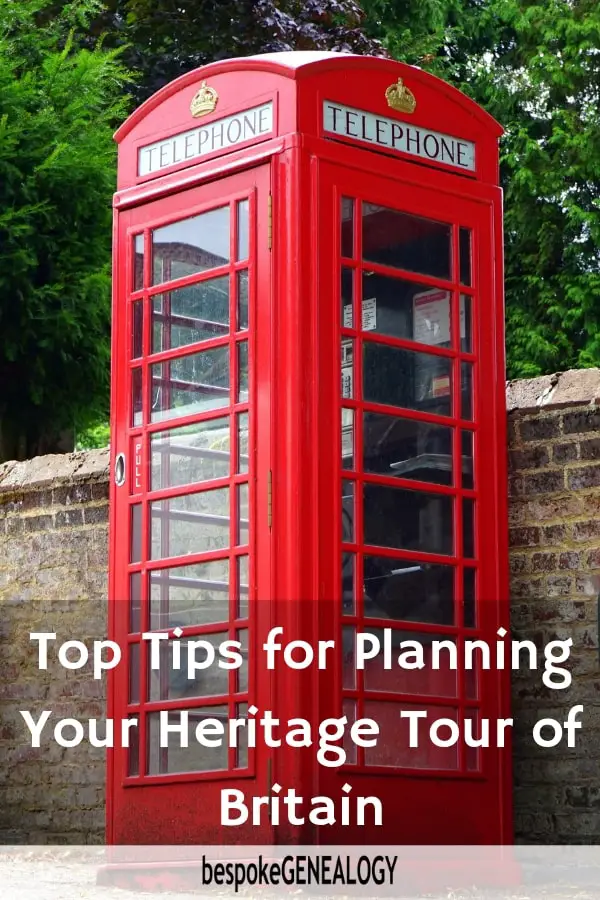
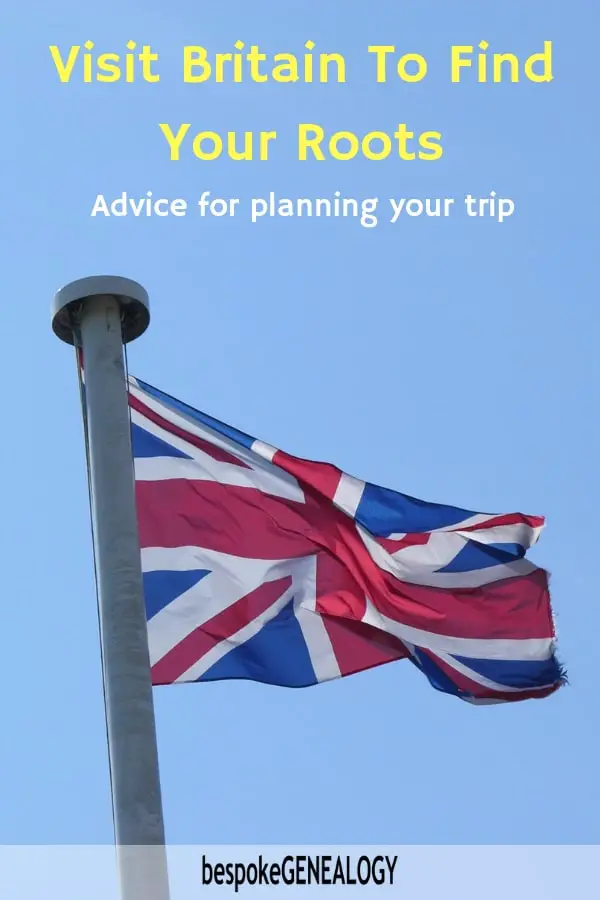
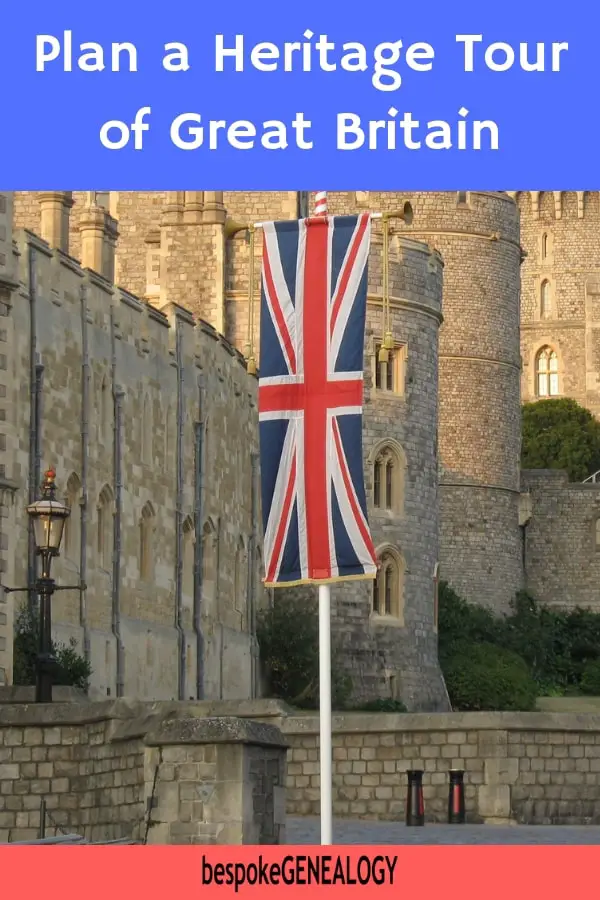
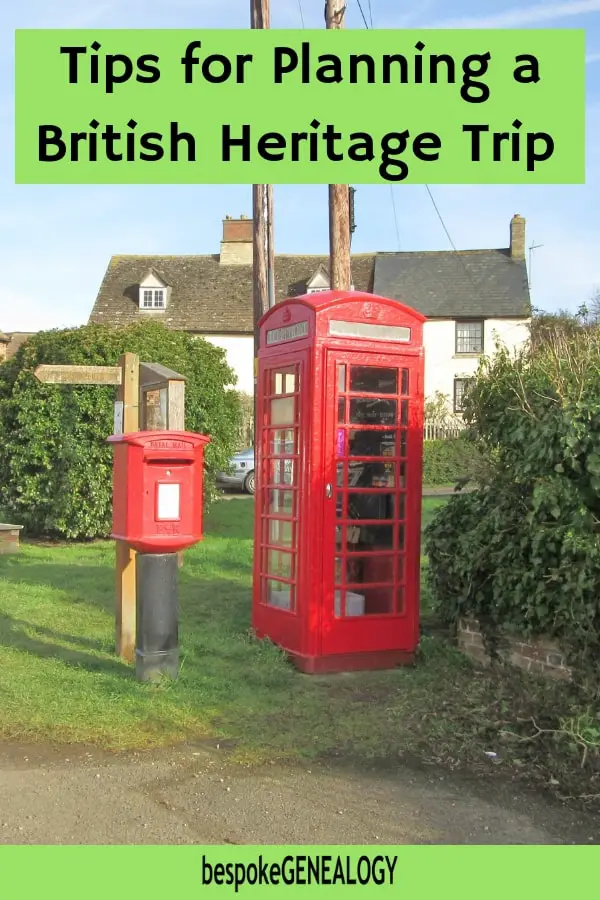

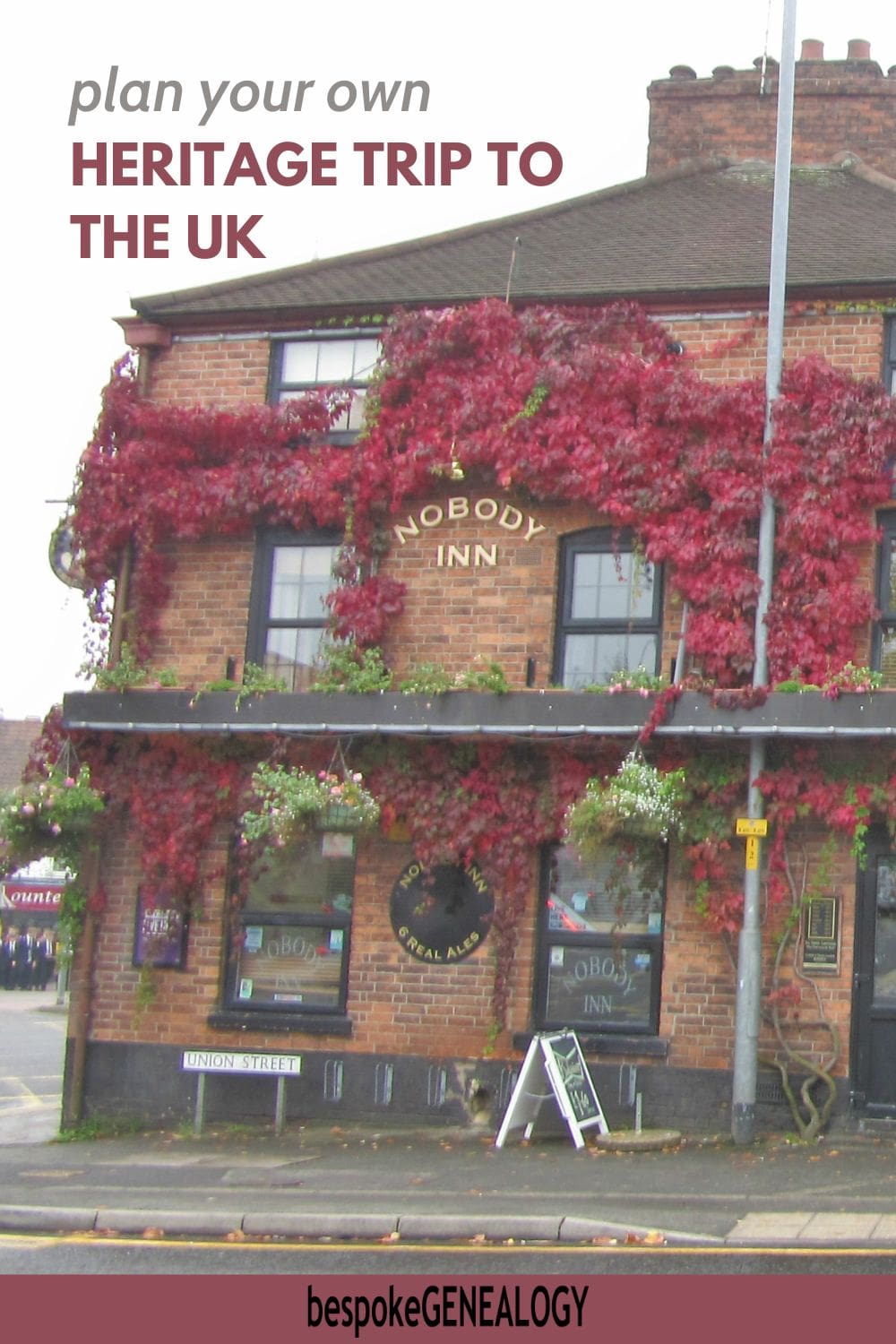

Leave A Comment